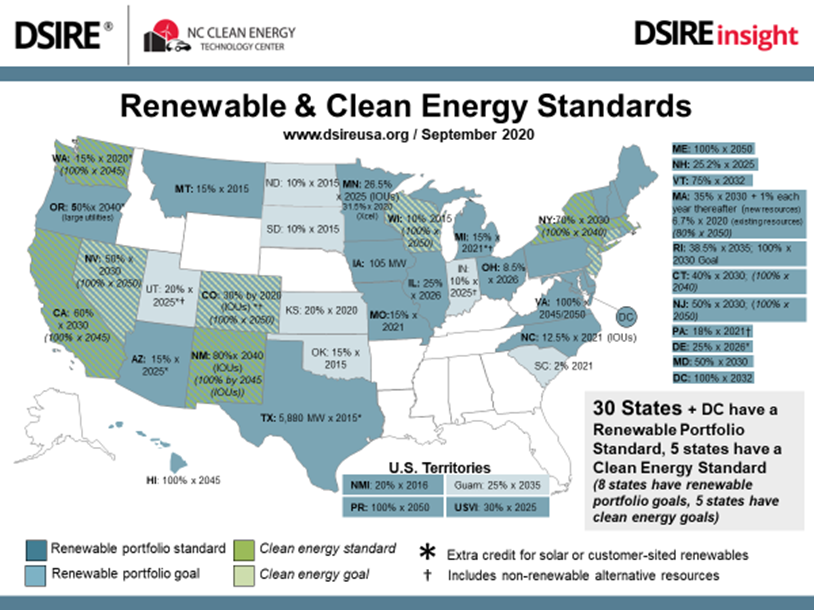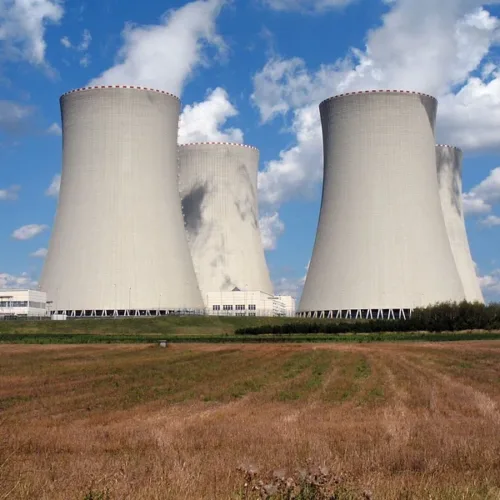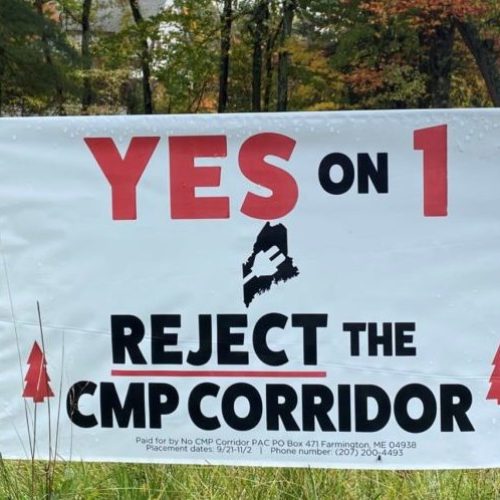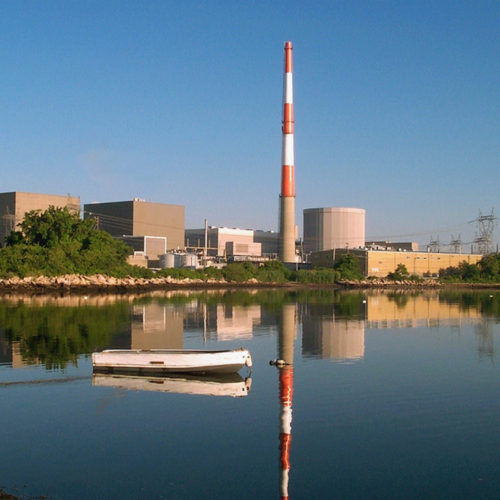State policies continue to be a key driver of renewables in the United States – DOE report
Last week, the U.S. Department of Energy’s Lawrence Berkeley National Laboratory (LBNL) published its annual update of state Renewable Portfolio Standards (RPS) – policies that have been a major force behind the development of solar, wind, and other forms of emissions-free energy in this country for more than two decades.
The report offers a glimpse into recent trends associated with the standards, which require that retail suppliers in a state provide a specific portion of their power from certain renewable sources over time. Currently, some 30 states have RPS policies in place, although no two mandates are alike: they can vary broadly on an array of requirements, such as eligible energy sources, entities covered, timeframes, targets, and compliance enforcement methods, among other design elements.
A brief history
When states began to enact renewables mandates in the late twentieth century, they had a variety of objectives, including a desire to promote manufacturing and installation jobs for the wind and solar industries; lower pollution and its associated health impacts; and become more energy independent, in part to reduce price volatility in electricity markets. At the time, the United States was a net importer of natural gas, and as the largest global consumer it was very sensitive to price fluctuations in international markets. That dynamic shifted dramatically with the shale gas revolution in the late 2000s, as natural gas drillers used hydraulic fracturing to access massive gas reserves in the Marcellus Shale and other abundant domestic shale plays in Texas and western states, flooding the marketplace with cheap supplies.
Iowa was the first state to enact an RPS, in 1983; the policies gained momentum in the mid-1990s, when 11 states – including five in the Northeast — implemented their own standards, followed by nearly 20 additional states in the mid-2000s.
In recent years, many states have ramped up their renewables mandates in a bid to meet increasingly aggressive carbon-reduction goals.

More than half of all states have renewable and clean-energy standards. Courtesy of the NC Clean Energy Technology Center.
Here are some of the report’s findings:
First, state renewable portfolio standards continue to be a strong force behind clean energy development in this country, particularly in the Northeast and Midwest. Roughly half of all growth in renewable generation and capacity since 2000 is associated with the mandates, although in recent years, that percentage has slid, particularly outside of the Northeast, as an increasing number of utilities announce their own clean-energy procurement plans or carbon reduction targets outside of state mandates. Often these plans are created to fulfill demand from corporate customers pursuing their own internal carbon-reduction goals. Favorable economics for wind and solar, the fastest growing renewable technologies, have played a role as well.
Second, states have generally met their interim RPS targets in recent years, and many continue to make revisions to them. Several states have created separate energy storage targets or “clean peak” standards in tandem with an RPS. They have also developed “carve-outs” that support specific technologies, such as solar power and offshore wind.
Finally, more than half of all states with RPS policies have raised their targets at least once since they were first implemented, with that activity increasing over the last few years, as a number of states ramp up their carbon-reduction goals. Since the beginning of 2019, eight states have enacted higher RPS targets or created new zero-carbon electricity targets that in most cases are equal to at least 50% of retail sales.
Overall, nearly a dozen states have enacted binding legislation or established goals through executive orders to rapidly decarbonize their electric grids. Some states include non-polluting or low-polluting fossil fuels in their requirements, such as nuclear power and natural-gas powered fuel cells.
States with 100% zero-carbon electricity mandates:
• California: 100% zero-carbon energy by 2045
• Hawaii: 100% renewables by 2045
• New Mexico: 100% zero carbon by 2045
• New York: 100% carbon-free energy by 2040
• Puerto Rico: 100% renewables by 2050
• Virginia: 100% renewables by 2050
• Washington State: 100% “non-emitting” power sector emissions by 2045
States with 100% zero-carbon electricity goals:
• Colorado: 100% clean energy by 2050
• Connecticut: 100% renewables by 2050
• Maine: 100% renewables by 2050
• New Jersey: 100% clean energy by 2050
• Nevada: 100% carbon free by 2050
• Rhode Island: 100% renewables by 2030
• Wisconsin: 100% clean energy by 2050
*Source: Dsireusa.org
LBNL did not publish its annual update last year, so the new report serves as an “early release” published in lieu of a 2020 edition. It covers data through the end of 2019, and includes some results from 2020. LBNL said that it plans to release a more comprehensive status update later this year.





